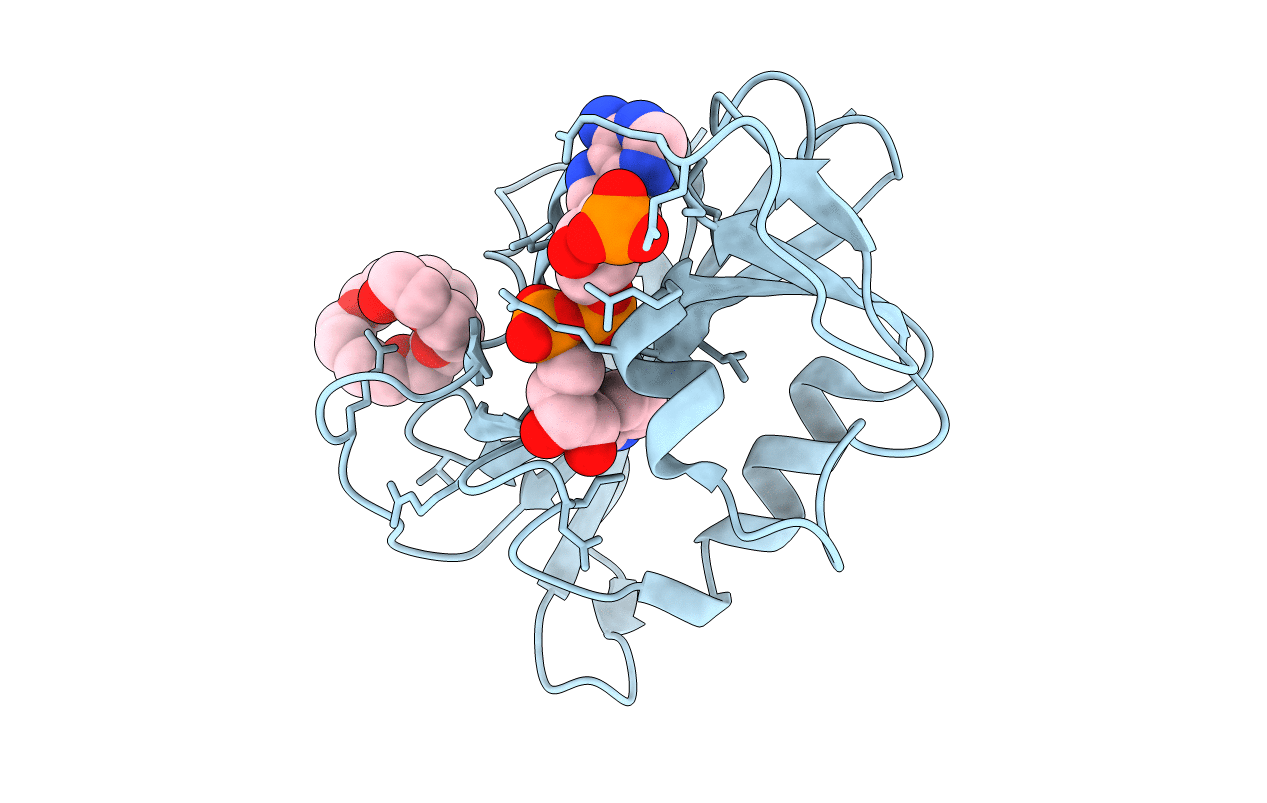
Deposition Date
2013-05-07
Release Date
2013-12-25
Last Version Date
2024-02-28
Entry Detail
PDB ID:
4KL9
Keywords:
Title:
Crystal structure of dihydrofolate reductase from Mycobacterium tuberculosis in the space group C2
Biological Source:
Source Organism:
Mycobacterium tuberculosis (Taxon ID: 1773)
Host Organism:
Method Details:
Experimental Method:
Resolution:
1.39 Å
R-Value Free:
0.20
R-Value Work:
0.15
R-Value Observed:
0.15
Space Group:
C 1 2 1


